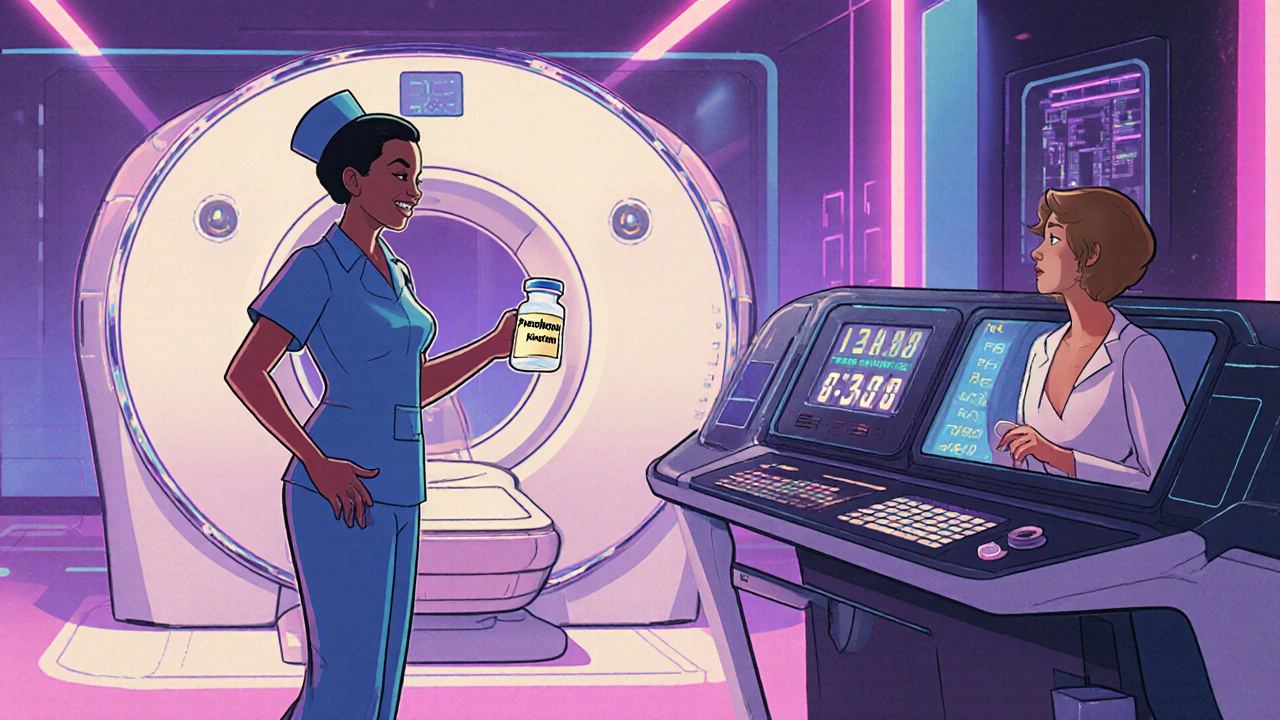Contrast Reaction
When dealing with contrast reaction, an acute adverse response to contrast agents used during imaging studies. Also known as contrast media allergy, it can range from a mild rash to a life‑threatening anaphylaxis, a systemic allergic reaction that may cause shock, airway closure, or cardiovascular collapse. The trigger is usually contrast media, iodinated or gadolinium‑based substances injected to improve X‑ray or MRI images. To reduce risk, clinicians often use premedication, preventive drugs such as antihistamines, corticosteroids, or leukotriene antagonists given before the scan. Understanding these pieces helps you see why a contrast reaction matters and what steps can keep it under control.
Why contrast reactions matter
First, the severity of a contrast reaction depends on the type of media and the patient's immune background. For example, iodinated agents are more likely to cause immediate hypersensitivity, while gadolinium agents may lead to delayed skin eruptions. Second, a contrast reaction can interrupt critical imaging, forcing doctors to postpone diagnoses or switch to less accurate alternatives. Third, managing anaphylaxis requires rapid administration of epinephrine, airway support, and monitoring—resources that not every facility can provide on short notice. That’s why pre‑screening patients for known allergies, previous reactions, and kidney function is a standard part of imaging protocols. When a reaction is predicted, adjusting the contrast dose, selecting a low‑osmolar agent, or applying a premedication regimen can dramatically lower the chance of a severe event. These practices illustrate how the concepts of contrast media, allergy testing, and preventive medication are tightly linked.
By grasping the link between the agent (contrast media), the body’s response (allergic reaction, ranging from urticaria to anaphylaxis), and the safety steps (premedication), you can anticipate problems before they happen. The articles below walk through real‑world cases, compare drug choices, and offer practical tips for clinicians and patients alike. Dive in to see how each piece fits together and what you can do next.

Pre‑Medication Guide: Antiemetics, Antihistamines & Steroids for Safe Procedures
Learn how antiemetics, antihistamines, and steroids work together in pre‑medication protocols to prevent contrast reactions and chemotherapy nausea, with dosing, timing, and safety tips.
